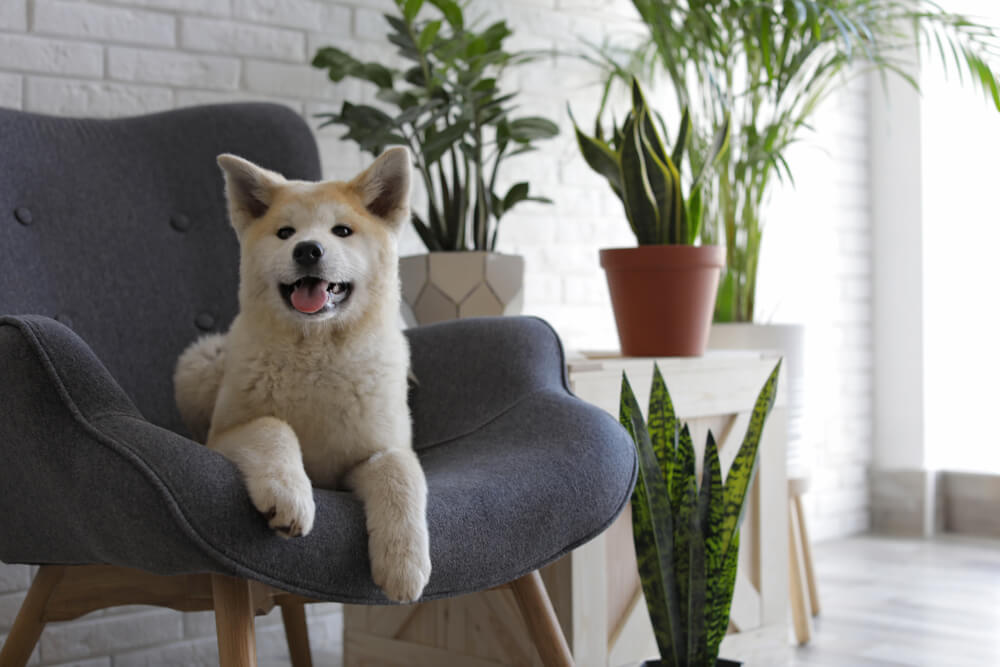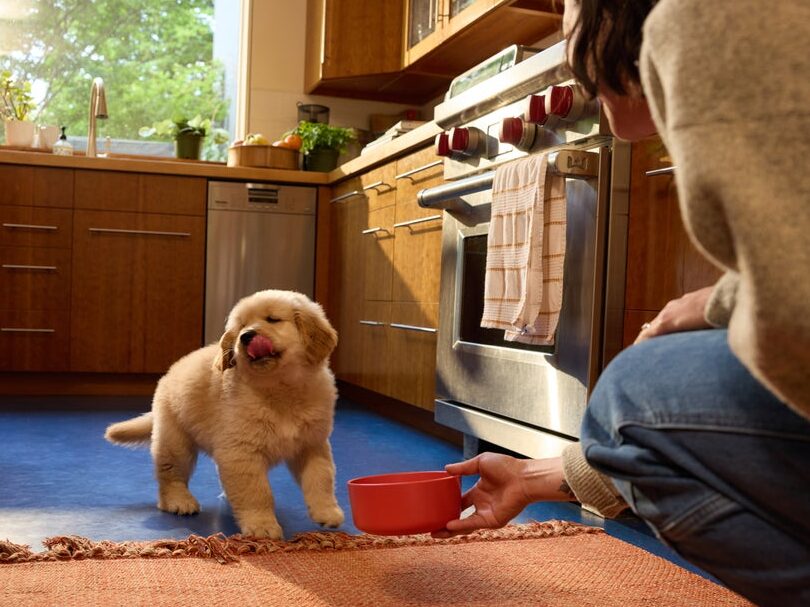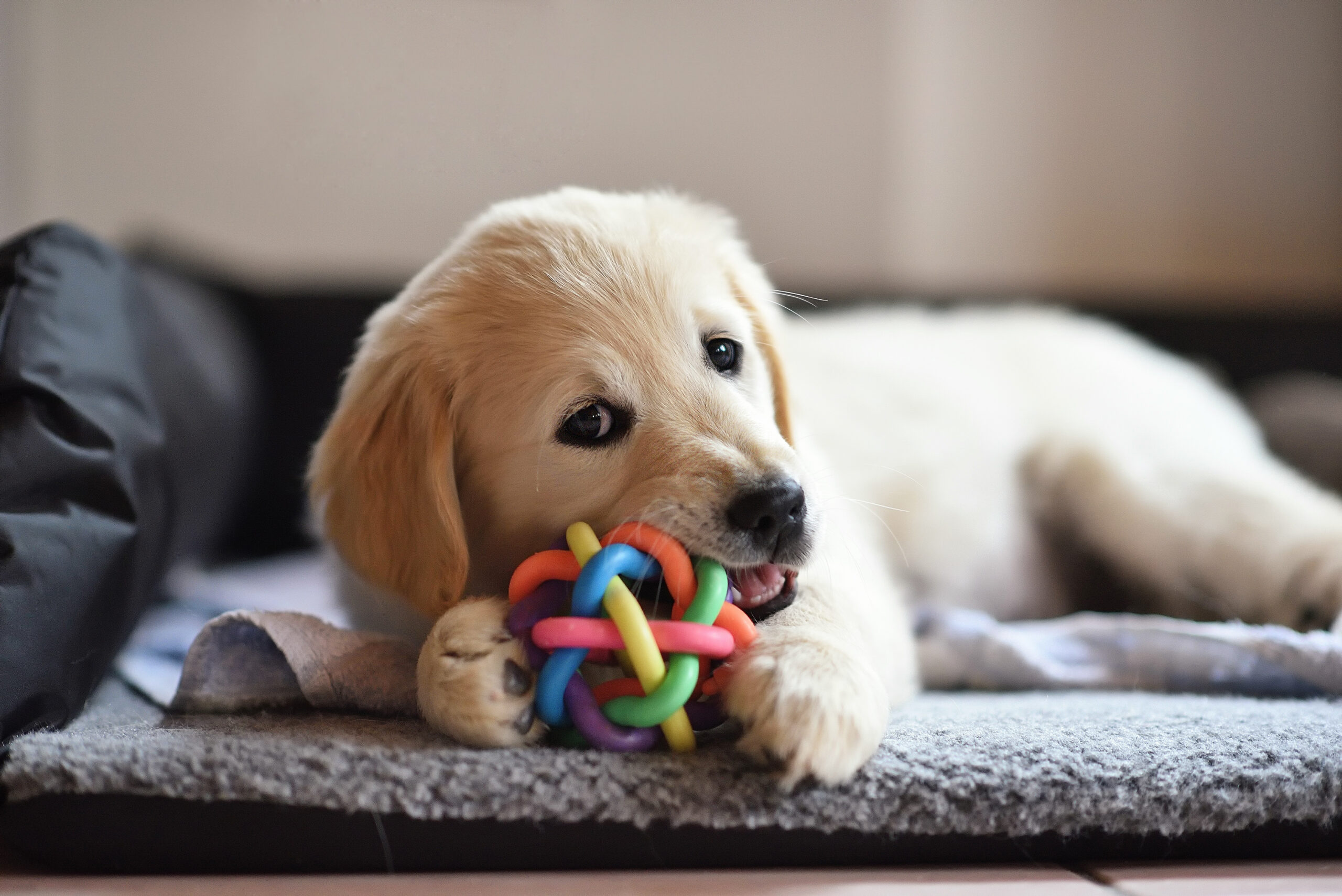Hey Ollie blog readers! We’re offering you an exclusive 60% OFF your starter box! Try now!
Having some lush green plants in your home and garden can detoxify the air, provide some beauty, a pop of color and reduce stress. If you have a dog, you can still have the gardens of your dreams – both indoors and outside if you have some space to plant.
You just want to avoid plants that could make your dog sick if eaten. Here is a complete guide to set yourself up with the best plants that you and your best friend can enjoy together.
5 dog-friendly garden plants
-
Basil
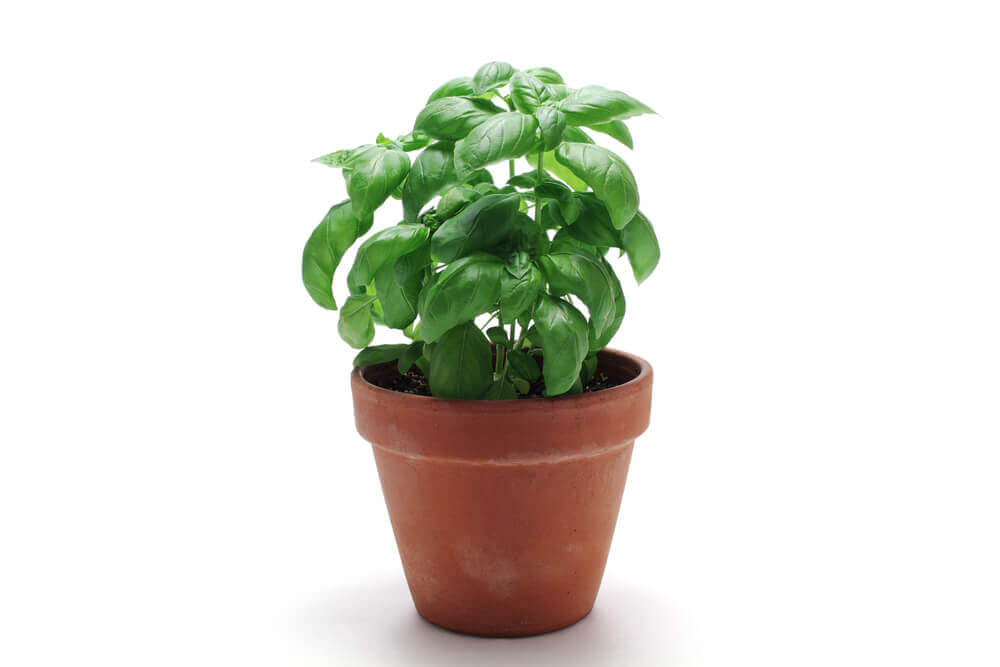
This delicious herb is not only great for making pesto or other Italian dishes, but it is also perfectly safe to have around your pup. You can grow basil indoors or outdoors (weather permitting).
-
African Violet
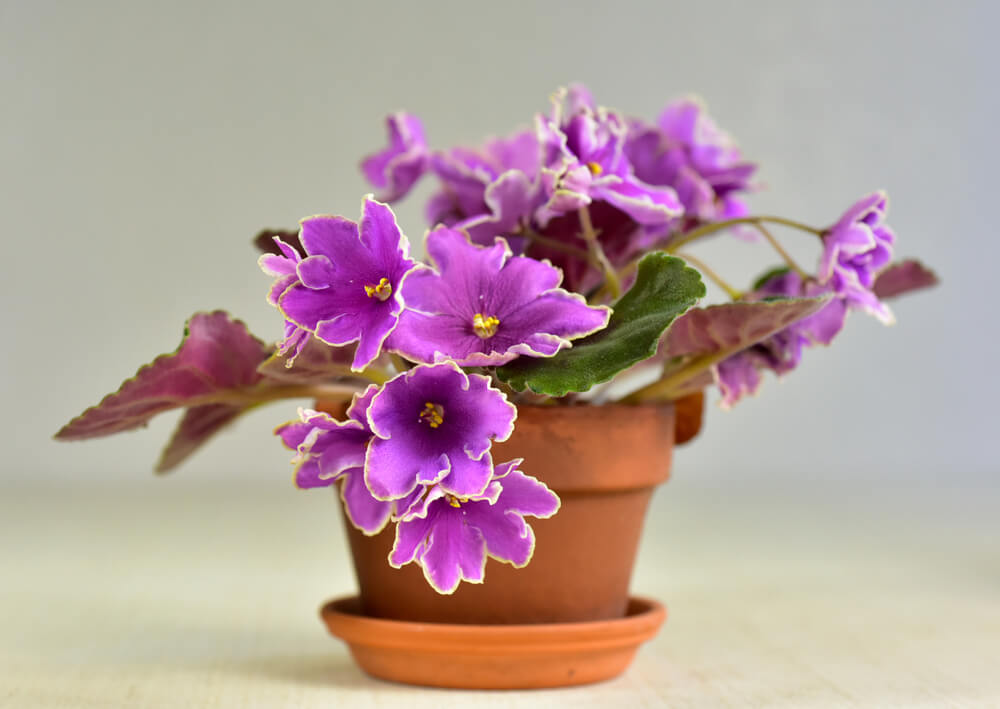
Want to add a pop of color to your garden? Try an African Violet. Your pup may also appreciate the flowers. As a bonus, these do well in pots inside your home too!
-
Dill
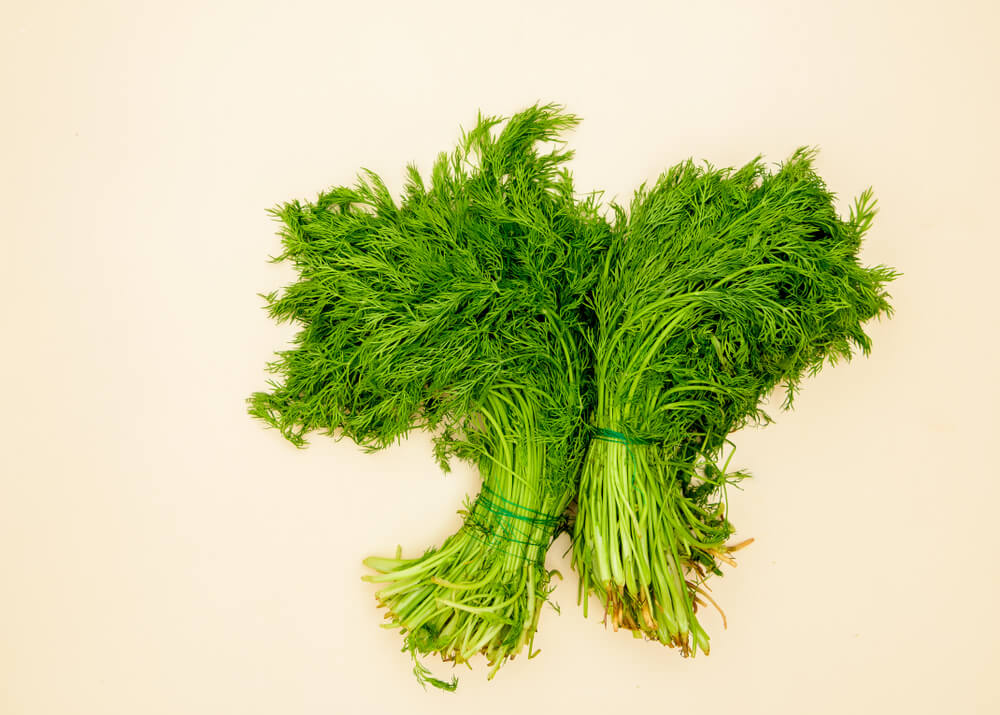
Dill is a pretty and practical flowering herb. Not only is it safe for your pup, but you can also use it to make homemade bone broth you can both share. If dill will grow outside where you live, go for it!
-
Garden Marigolds
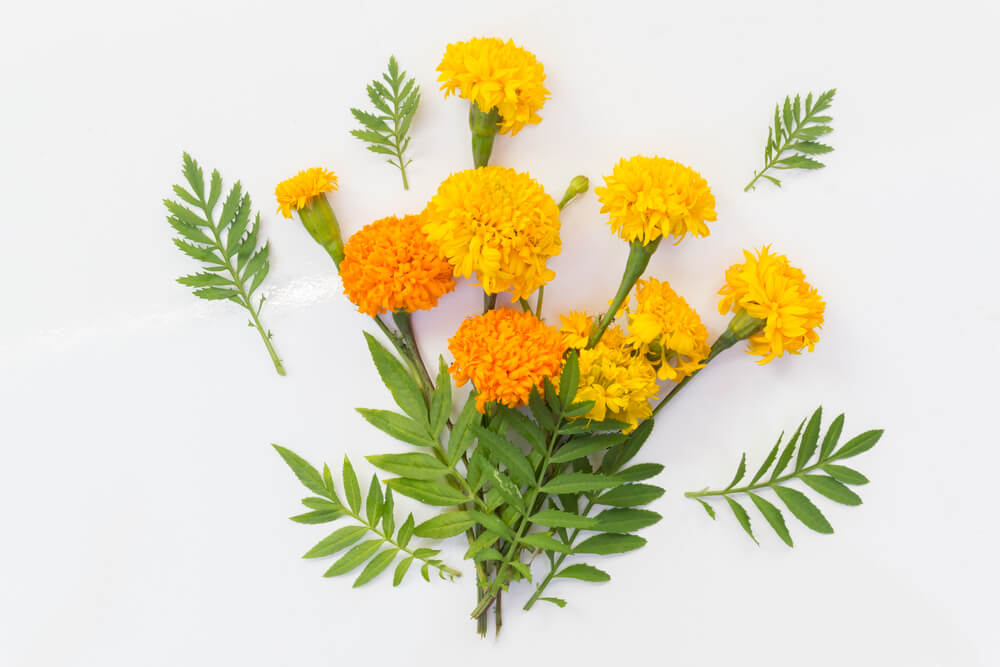
These sunny gold flowers are safe to have in your garden. The color will go great with African Violets. Be mindful that they prefer full sun but are otherwise low maintenance.
-
Fuchsia
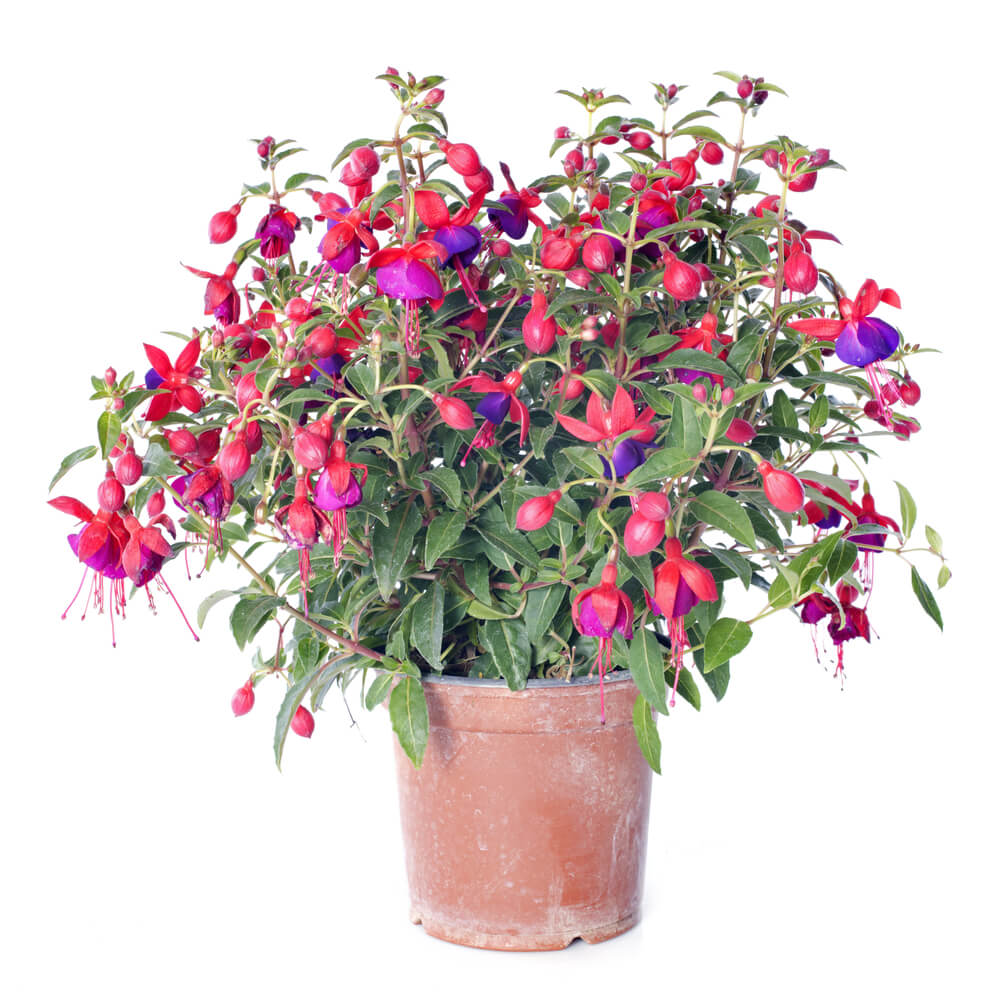
While fuchsias are absolutely beautiful they can be harder to care for. They grow best in moist, sunny areas but can also be taken inside in the winter. If you’re planning to keep them outside they’ll need to be replanted annually
.
5 dog-friendly houseplants
-
Air Plant
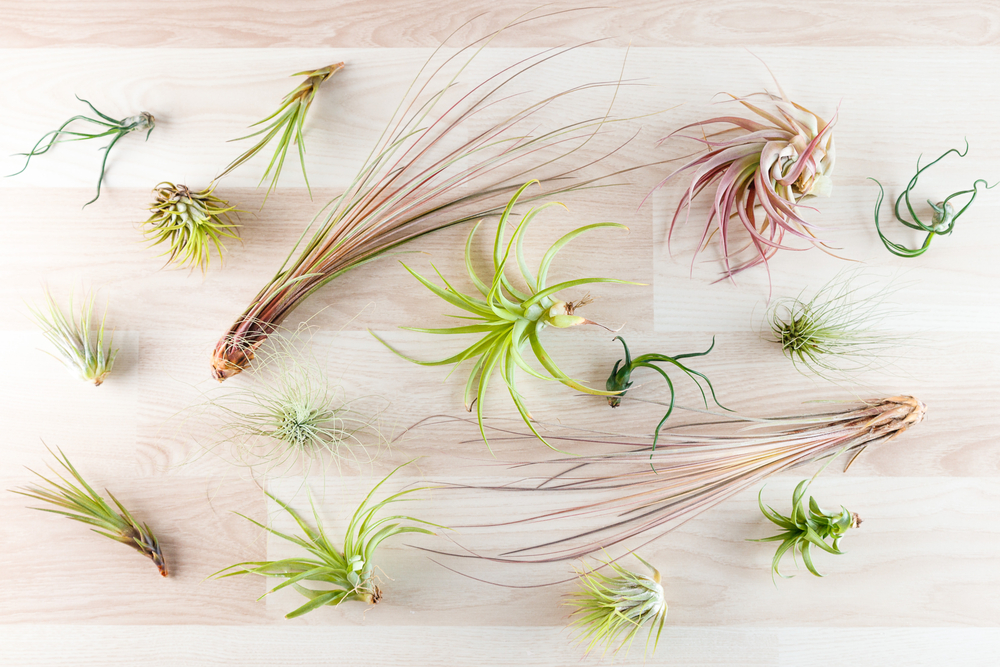
Air plants are named because they help keep the air in your home clean. Your pup may also enjoy seeing these around your home.
-
Christmas Cactus
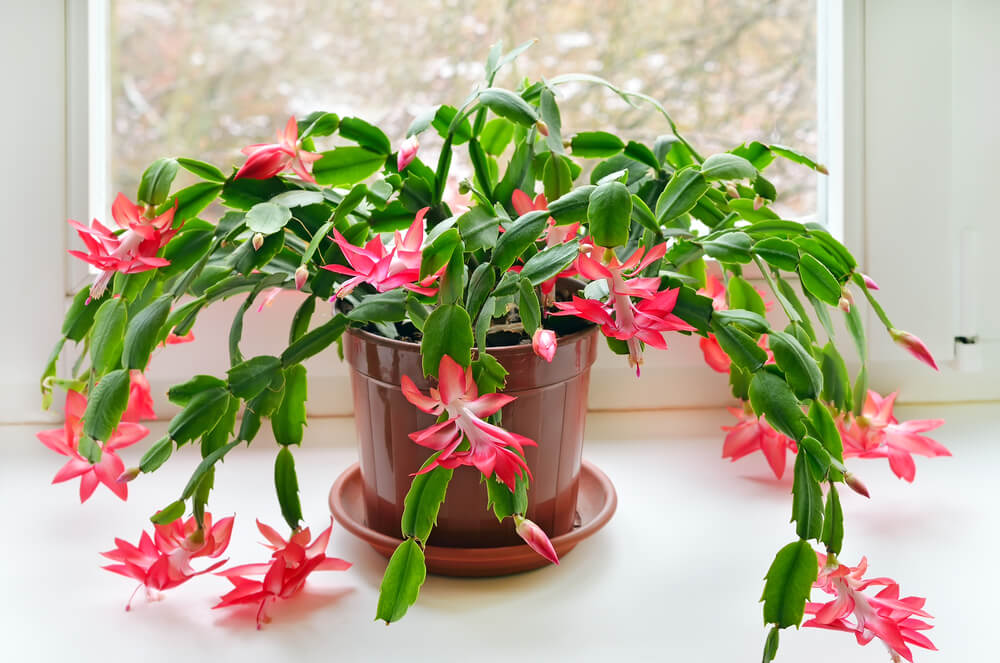
Christmas cactus is an easy to keep plant that also happens to be pet-safe. Keep these on display in your home in an interesting pot. The pink flowers that grow on the top can offer a pretty pop of color on a window sill or in your home office or bedroom.
-
Friendship Plant
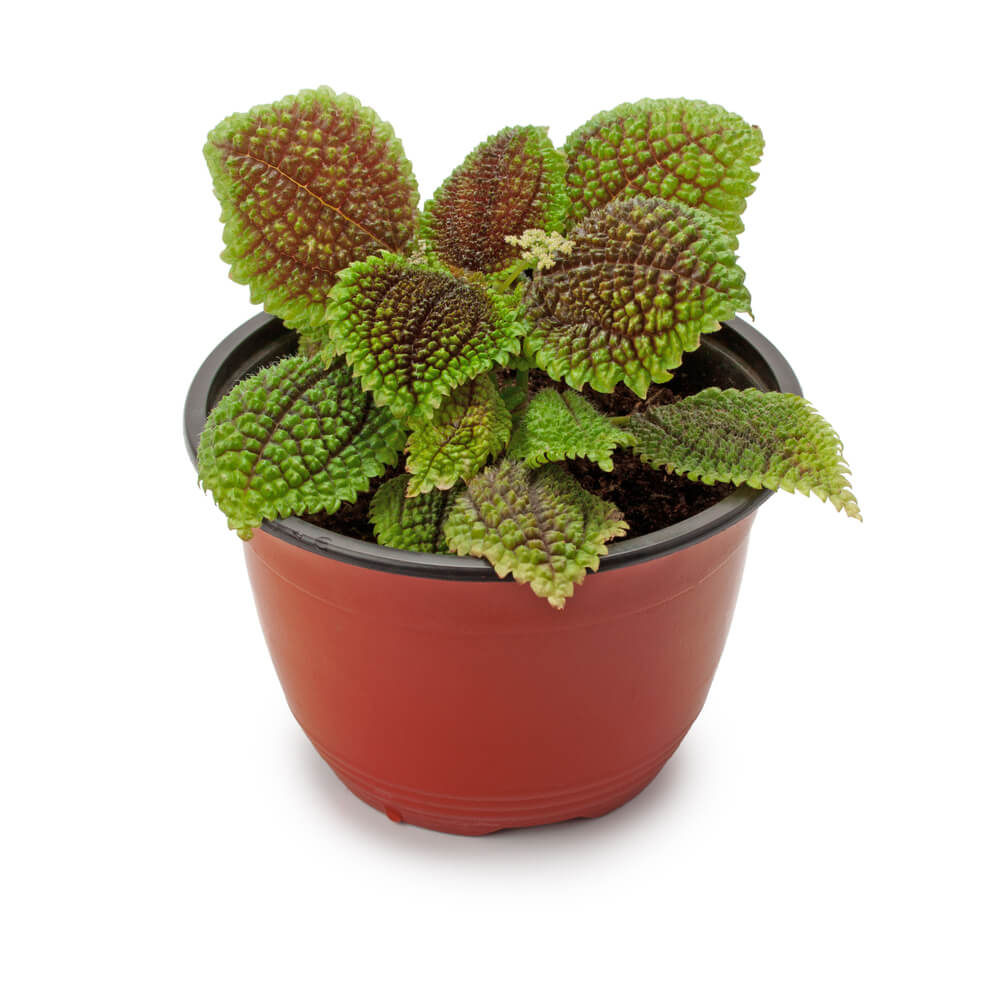
This is another name for Pilea involucrata, a bushy plant that thrives in humidity. These are great choices if you’re building a terrarium in your home. They can be visually interesting to both you and your best friend.
-
Herbs
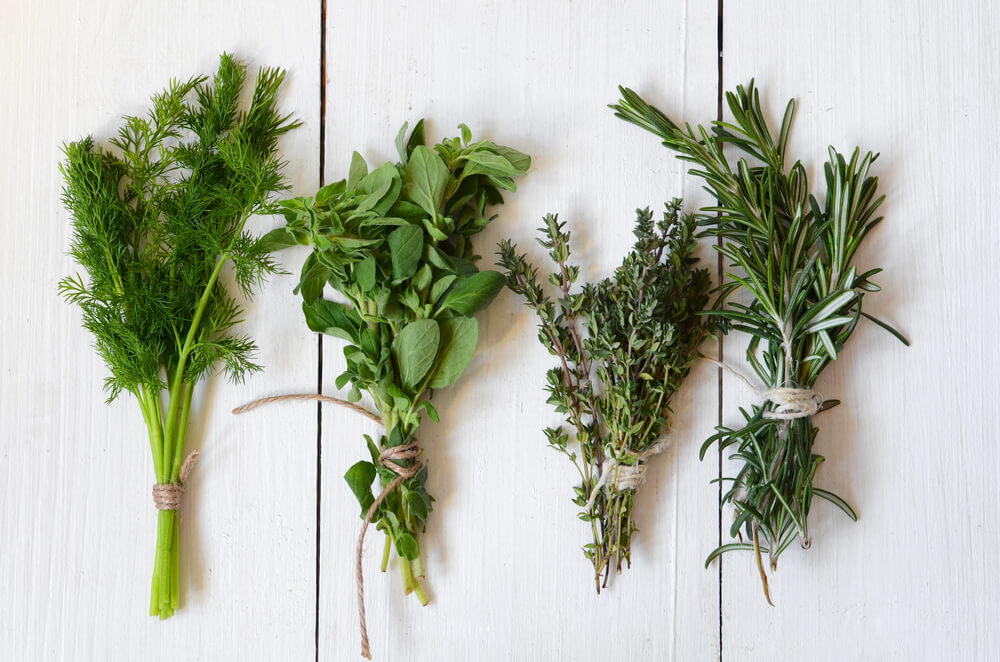
An herb garden in your home is both pet-friendly and delicious. You can grow herbs like you would in your outdoor garden. This is a great solution if you live in a cooler climate, don’t have any outdoor space for your herbs or just want a flavor boost in the kitchen. Consider growing parsley, basil, mint, rosemary or dill. Some fresh herbs even boast benefits for your pup.
-
Parlor Palm
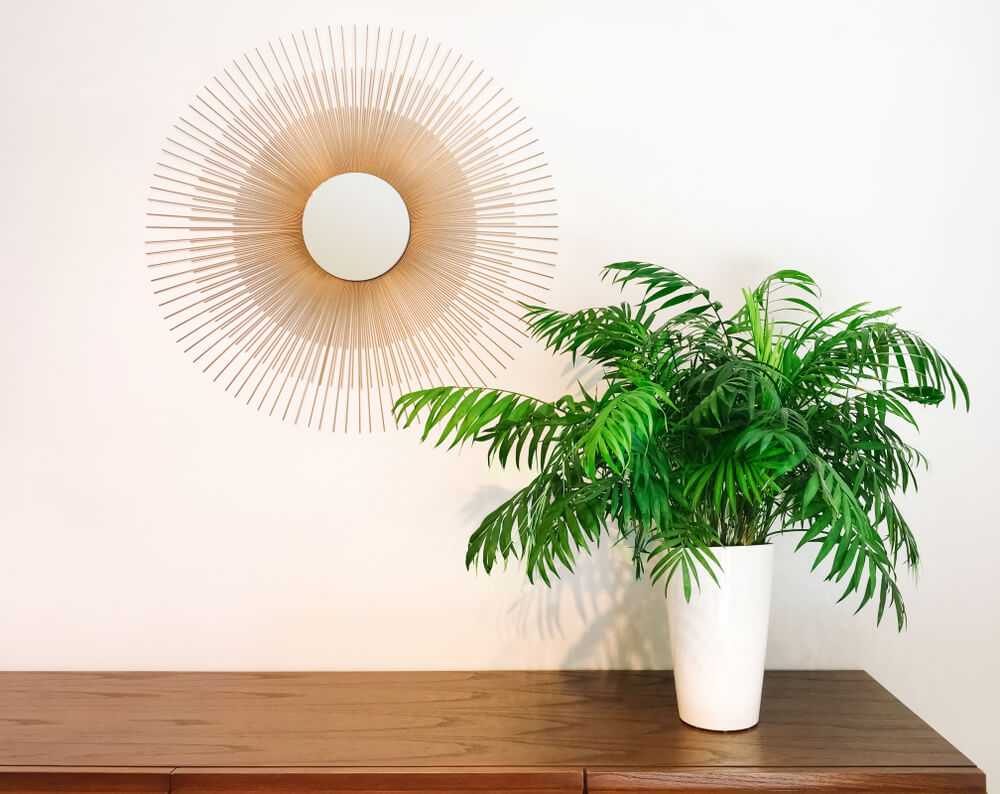
Even if you can’t get your own palm tree, consider a parlor palm. These much smaller leafy green plants will add some height and color to your home. They’re one of the most popular house plants sold – and for good reason!
Avoid these plants if you have a dog
-
Peonies
While peonies are beautiful they are also not safe for your pup. If you have some in a vase in your home, remember to keep them away from your dog. Eating peonies can lead to gastrointestinal upset for your best friend.
-
Daisies
If you and your pup regularly walk or hike in an area with daisies, make sure your dog isn’t eating them. If your dog eats daisies, look for vomiting, skin rashes or diarrhea. While one or two of these flowers probably won’t do much harm, it is best to avoid letting your dog munch on them.
-
Irises
You will definitely want to keep irises away from your pet. Irises can cause skin irritation, excessive drooling or even a loss of energy in your best friend. If you receive a floral arrangement with irises in it, make sure to keep it in a spot where your pup can’t get into it.
-
Aloe Vera
While aloe can be soothing, you want to make sure to avoid giving your pup the whole plant. Eating the leaves can cause your pup to vomit or have diarrhea. The goo like substance inside the plant that is used for burns and skin irritation may be ok to use on your dog. Don’t panic if you see aloe as an ingredient in products made for your dog.
-
Lillies
While it is generally common knowledge that Lillies are toxic to cats, did you know some can actually harm your pup too? The peace lily, calla lily, amaryllis, lily of the valley, autumn crocus and the common houseplant, giant Dracaena or palm lily, are all deemed dangerous to dogs by the ASPCA. If you have any of these plants in or around your home, keep them out of reach of your dog.
If you think your pup was poisoned by a plant, watch for these symptoms
If you keep any plants that can be poisonous to your pup in your home or garden, or you walk or hike in areas where they may come across these plants, you want to make sure you know the signs and symptoms of plant poisoning. While it is impossible to include every symptom in this list, here are some of the most common:
- Nausea
- Vomiting
- Diarrhea
- Seizures
- Loss of consciousness
- Temporary paralysis
- Loss of energy
- Rash or skin irritation
- Increased drooling
If you think your dog has eaten a toxic plant, don’t wait until these symptoms appear to get them to the vet. Early intervention is key here – your vet may induce vomiting or pump your pet’s stomach to minimize the impact of what your dog ate. Familiarizing yourself with top pet toxins can also help keep your dog safe and rule out your new plant as a probable cause.
Additionally, if your pup is acting funny or you think something isn’t right, get your pup to the vet and try to retrace your steps – knowing what your dog may have eaten will help your vet make an accurate diagnosis and provide lifesaving treatment.
The Ollie blog is devoted to helping pet parents lead healthier lives with their pups. If you want to learn more about our fresh, human-grade food, check out MyOllie.com.
Tagged As:

The nutrition your dog needs,
the food they want.

Enjoying our articles? Subscribe our Newsletters and get new articles directly to your inbox
You might also like
13 May 2025
8 MINS READ
Puppy Training Guide & Behavior Timeline
Bringing home a puppy is pure magic. It’s also pure chaos—tiny teeth, zoomies, accidents in the house, and moments that make you wonder if you’re raising a future genius or a tiny tornado. …
by Ollie Pets
10 May 2025
12 MINS READ
New Puppy Checklist: Guide To Prepare For A New Dog
Bringing home a new puppy? This checklist covers everything new dog owners need—from essential supplies to training, feeding, and first vet visits.
by Ollie Pets
3 April 2025
9 MINS READ
Home Remedies for Fleas on Dogs: 10 Natural Ways That Actually Work
Wondering what kills fleas on dogs instantly and naturally? If your pup is scratching like crazy, it may be time to take action. In this guide, we’ll show you the most effective home remedies for…
